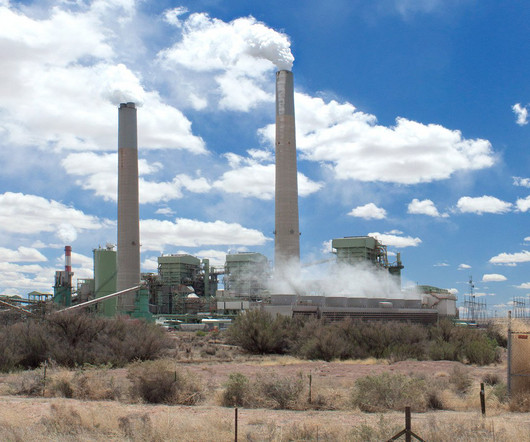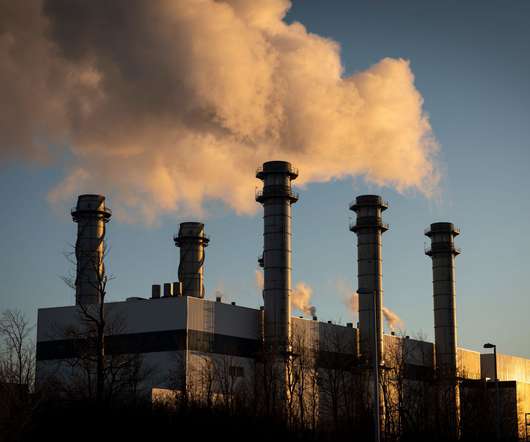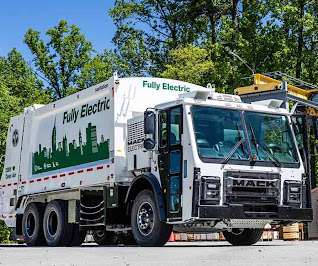Good News—and Bad—about Fossil Fuel Power Plants in 2023
Union of Concerned Scientists
MARCH 23, 2023
With the clean energy transition already under way, the US electricity mix is set to continue changing this year. Solar power is expected to make up about half of all additions of US electric generating capacity in 2023, according to data from the US Energy Information Administration (EIA). GW record from 2021.



























Let's personalize your content